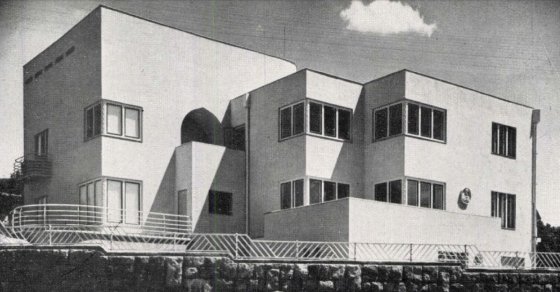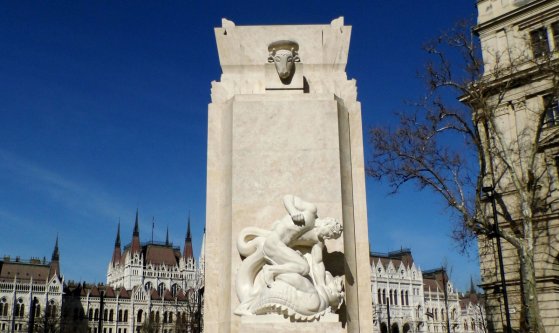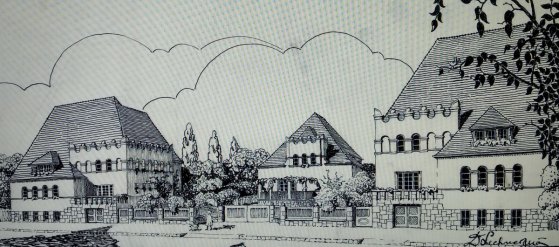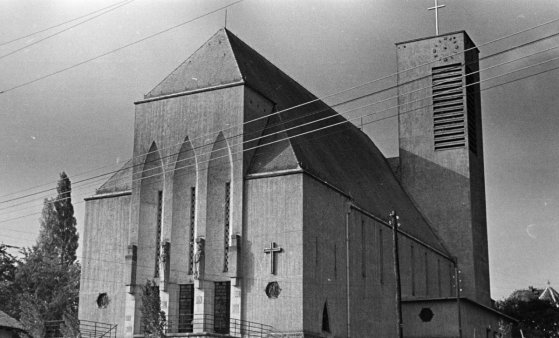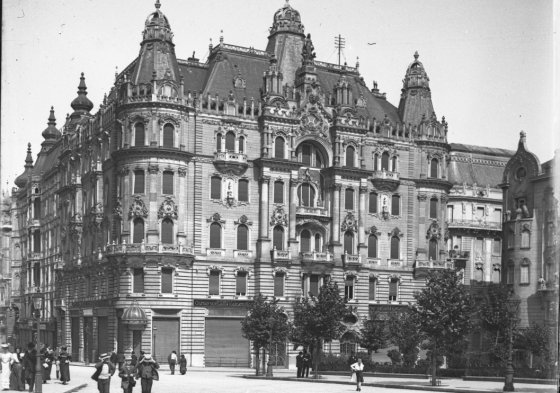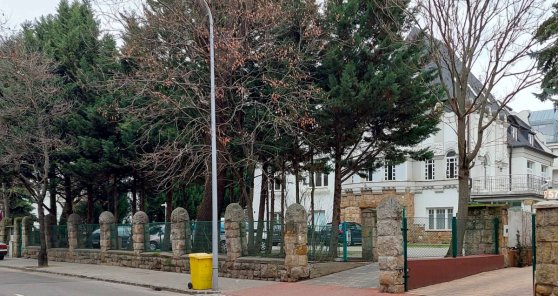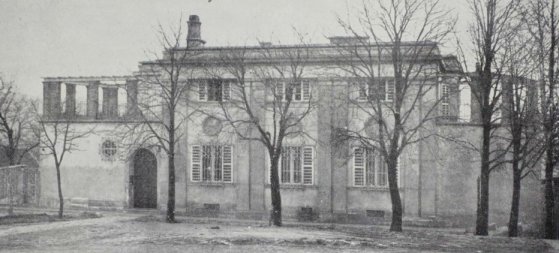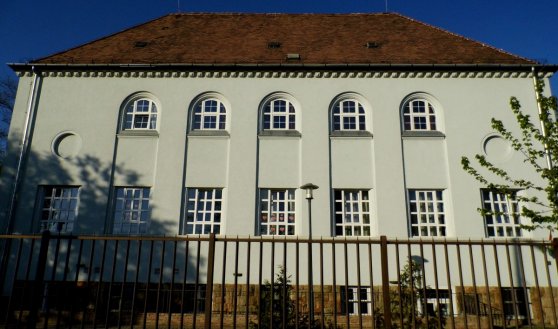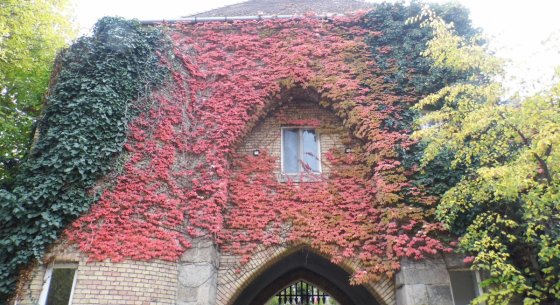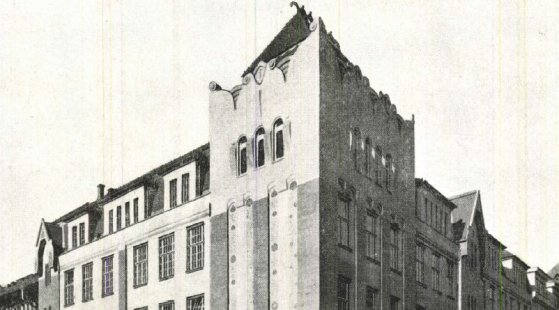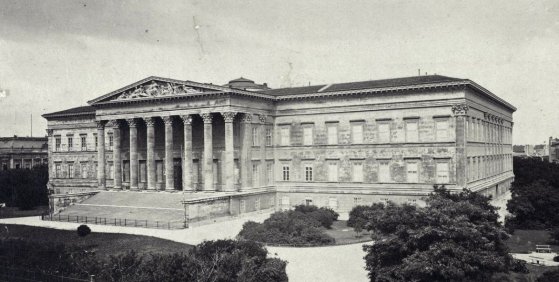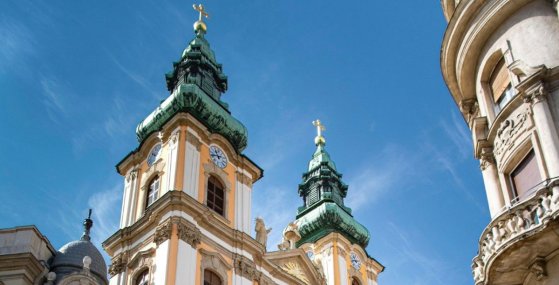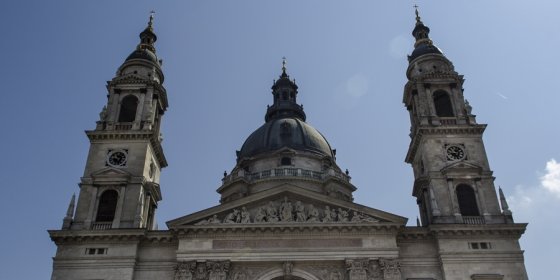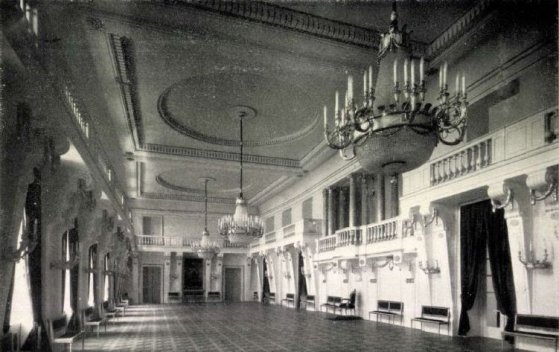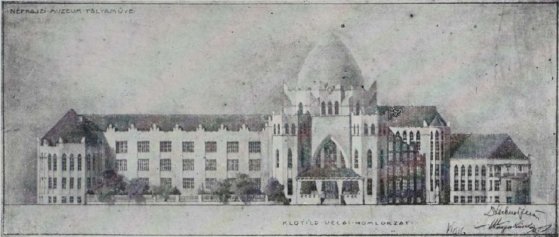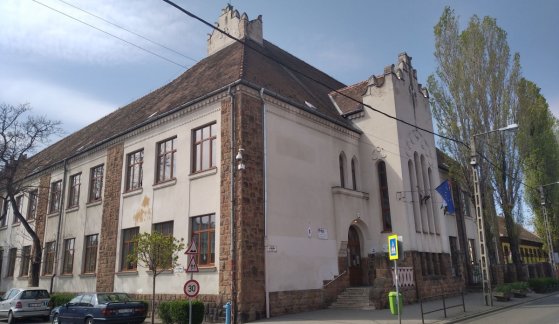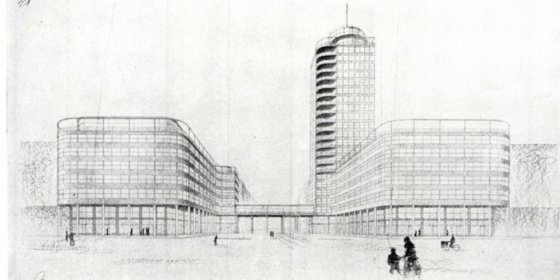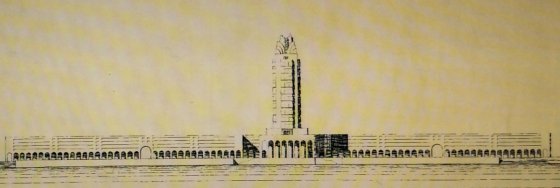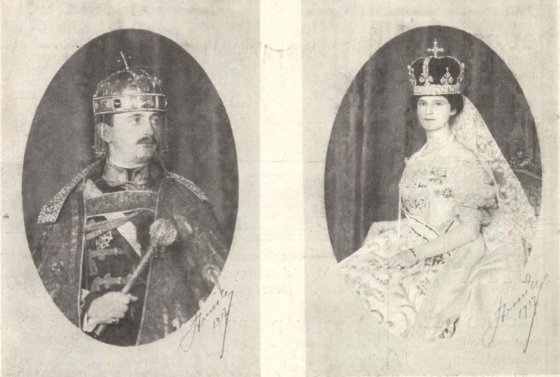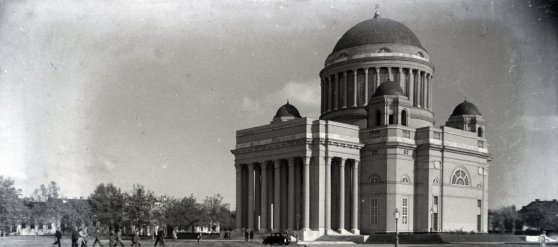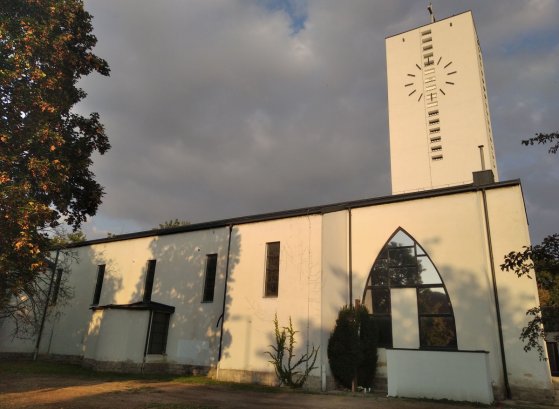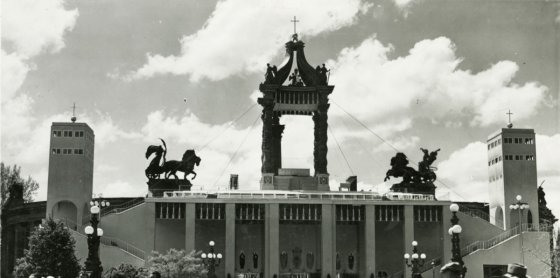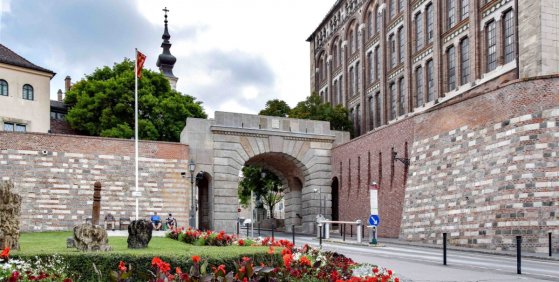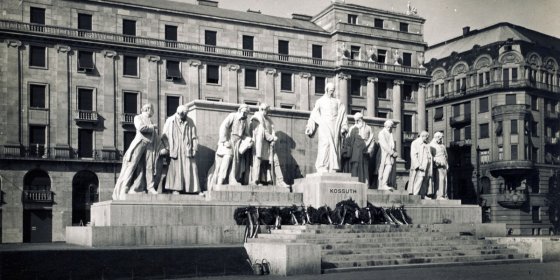 The „intertwined history” of the bridges and the city of Budapest
Which ideas and events have shaped the fate of bridges of Budapest and the cityscape? Alongside many other interesting facts, this question is also answered this newly published book by the Budapest City Archives, which introduces the history of bridges in Budapest.
The „intertwined history” of the bridges and the city of Budapest
Which ideas and events have shaped the fate of bridges of Budapest and the cityscape? Alongside many other interesting facts, this question is also answered this newly published book by the Budapest City Archives, which introduces the history of bridges in Budapest.
Jenő Lechner
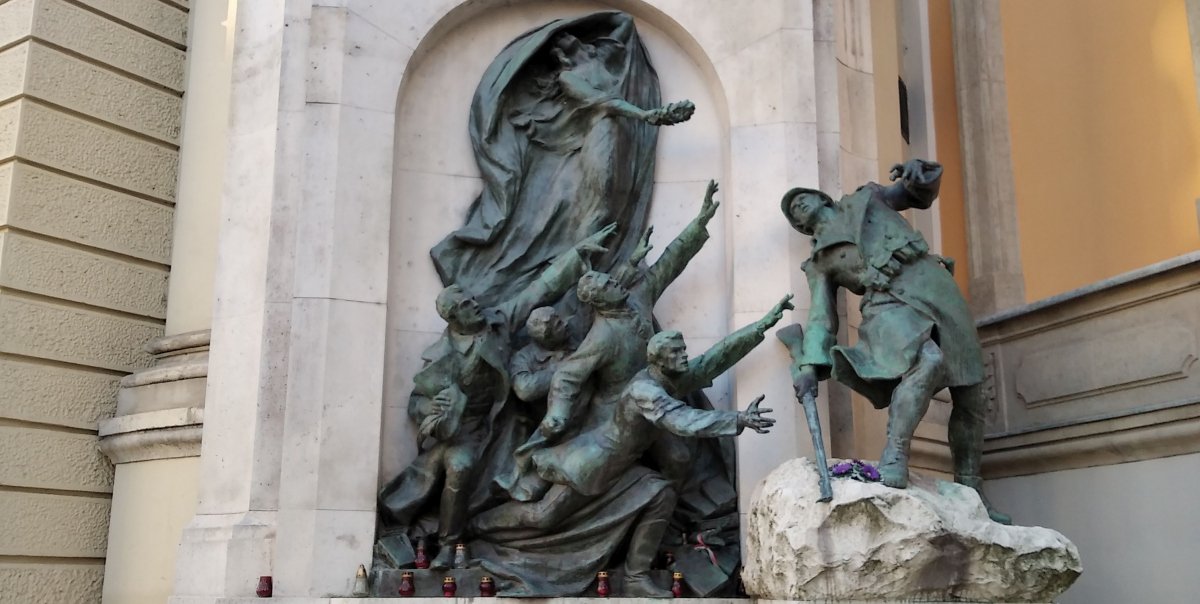 Drama on the university wall - The heroic monument was planned 95 years ago
Drama on the university wall - The heroic monument was planned 95 years ago
March 30, 2023 at 9:00 AM
In the constant hustle and bustle of the Egyetem Square in Pest, the students may not even notice the monument that decorates the short section of wall between the church and the central building of ELTE. However, it commemorates their predecessors, the heroes who fought for their country in World War I, and those who heroically helped them. The first design of the dramatically collapsing soldier was born in 1928, ninety-five years ago.
Luxury in the white cubes - 90-year-old modern villas in Buda
March 23, 2023 at 10:00 AM
The Buda side of the capital, with its wonderful landscapes and fresh air, is still very attractive today, and it was like this even in the first half of the last century. Many people from Pest, which became especially crowded after the Treaty of Trianon, moved to the other side of the Danube and from the beginning of the thirties, they built modern-style villas on the hillsides. Pestbuda now presents two of them below, into which their residents moved ninety years ago.
Stone coffin in front of the Parliament - The Monument of National Martyrs was unveiled 89 years ago
March 20, 2023 at 10:30 AM
Statues of many statesmen can be seen in front of the Parliament, which is why the Monument of National Martyrs, located next to Kossuth Square, on Vértanúk Square, receives relatively little attention. The dignified work even in its simplicity commemorates the victims of the proletarian power after World War I. After five years of preparation, it was unveiled on 18 March 1934, exactly eighty-nine years ago.
Where a movie star lived 100 years ago - Kálmán Rózsahegyi's villa
February 24, 2023 at 9:00 AM
Kálmán Rózsahegyi was one of the greatest actors of the first half of the last century, in addition to his stage presence, he also played in many cult films. For his fiftieth birthday, his fans wanted to surprise him with a family house, for which they started a fundraiser. The plans were drawn up by Jenő Lechner a hundred years ago, in 1923, and he created a sumptuous luxury villa with his brilliant idea and great sense of style. Three years later, the actor was able to occupy his new home after returning home from the United States of America.
Gemstone along the Devil's Trench - The idea of the emerald church was born 90 years ago
February 21, 2023 at 2:00 PM
A fantastic church is hidden among lavish villas, just a few hundred metres from the tram terminus in Hűvösvölgy. Its modern forms suggest that it was built in the 20th century, but visitors might not even imagine how long the work took - competing with medieval cathedrals, it was completed in several decades. However, the result was equally brilliant, the Gothic and modernism are perfectly combined in it. The idea of building the church in Remetekertváros was born ninety years ago, in 1933.
There was once a theatre in the Class Lottery Palace - The history of the theatre began 105 years ago on Eskü Square
February 12, 2023 at 9:00 AM
Where cars turn down today from the Erzsébet Bridge to the Pest embankment, before World War II, there stood a huge and beautiful building: the Class Lottery Palace. It was built at the turn of the century in the Neo-Baroque style, but Art Nouveau also left its mark on it. However, its interior was remodelled several times, most significantly for Vilma Medgyaszay's theatre. Jenő Lechner made its classicist plans in February 1918, exactly 105 years ago.
Witnesses of an exciting era - A mix of styles on the turn of the century villas
January 27, 2023 at 9:00 AM
The term turn of the century usually refers to the end of the 1800s and the beginning of the 1900s, the last two decades of happy times of peace. This period brought amazing diversity to the field of architecture, which appeared not only in large-scale public buildings but also in smaller residential buildings and villas. An excellent example of this is provided by some early villas of a little-known architect, Jenő Lechner, several of which were taken over by their new owners in 1908, i.e., one hundred and fifteen years ago.
Scandalous background, sensational ending - The Lukács Villa on Ostrom Street is 100 years old
December 16, 2022 at 8:30 AM
The steep Ostrom Street, which opens into the Bécsi Kapu Square, is home to several valuable buildings, which are worthy of the prominent location with their sophisticated appearance. However, the history of the creation of the former Lukács Villa at number 5 is riddled with scandals, but this can also be attributed to the turbulent era. The walls of the villa, which was completed 100 years ago, hide this flaw, and to today's observer, they only tell about the designer's genius.
The capital launched a housing construction program during a crisis in the 1920s
December 7, 2022 at 11:00 AM
During the period of dualism in Budapest, most residential buildings were built by private investors, as there was a huge demand for them at that time: large crowds moved to the capital. The trend continued even after World War I, but at that time the economic environment was not nearly as favourable, so the capital itself launched a small flat construction program. Several buildings were completed by November-December 1926, the first residents moved in ninety-six years ago.
Nuns and communists also used the present headquarters of the Institute for the Blind
November 11, 2022 at 10:00 AM
Hermina Road, which marks the eastern border of City Park, is primarily known for its churches: the Hermine Chapel, which also gives its name, and the Church of the Immaculate Conception on the corner of Ajtósi Dürer Way. However, between the two hides a lower, yet dignified-looking building, which was originally built by the Franciscan Missionaries of Mary and handed over ninety-five years ago.
Art Nouveau on tombstones - An attempt to renew cemetery art
November 2, 2022 at 10:00 AM
Around the Day of the Dead, many of us visit the graves of our loved ones, and at this time we can discover that the cemetery is also a repository of real works of art. At the beginning of the 20th century, Art Nouveau, which broke with classical forms, permeated this area as well, and artists tried to offer new solutions to those who ordered tombstones. One of the most enthusiastic of them was the sculptor Richárd Füredi, who together with two of his colleagues organised an exhibition to introduce his works reflecting the new taste to the general public.
110-year-old neighbours - The twins of the big school building campaign
October 3, 2022 at 2:00 PM
Fortunately, there are many architecturally valuable school buildings in Budapest. A significant part of them was created in a very short period, in just three years: the Capital implemented a large school building program between 1909 and 1912. Many well-known alma maters were born at this time, but Pestbuda now presents two less famous examples of this fertile era.
Interior transformation of the National Museum - The building was also expanded with a hidden floor
July 29, 2022 at 9:00 AM
The Hungarian National Museum is one of the iconic buildings of our country, so since it was handed over in 1847, attention has been paid to its condition. By the beginning of the 20th century, however, its collection had already grown to such an extent that excessive crowding made its operation impossible. Some of the preserved material was transported to other buildings, and then in 1926, its large-scale restoration began, during which a hidden, third floor was also created in 1927 - ninety-five years ago.
Art inside the centuries-old walls - the little-known side of the University Church
July 17, 2022 at 9:00 AM
The walls of the University Church have been standing tall in the inner city of Pest for 280 years: the construction of one of the jewels of Hungarian Baroque architecture was finished in 1742, after nearly twenty years. However, this did not mean its completion, as the interior was still completely unadorned at that time. It got its worthy face surprisingly late, only in the middle of the 19th century, which was supplemented with additional details at the beginning of the 20th century- so the church we know today was formed then.
The dome of St. Stephen's Basilica went up in flames 75 years ago
June 23, 2022 at 11:30 AM
The construction of the largest church in Budapest took a very long time in accordance with its size, it filled the second half of the 19th century and even extended a little into the 20th century. It was finished in 1905, but forty years later a scaffolding was put up again: the damage caused by World War II had to be repaired. However, the renovation caused even more trouble, with an accidental fire burning the entire dome.
The Hidden Treasure of Országház Street - A ceremonial hall with an adventurous story
May 29, 2022 at 9:00 AM
Walking in the Buda Castle, between the one- and two-storey houses of the narrow Országház Street, we would not even think that one of them hides a huge ceremonial hall. Although it is actually logical, as the name of the street already suggests that the greatest lords of the country once appeared here, and a representative hall was built for them. The life of the adventurous room took a turning point at the end of May 1929, as it was restored to its old glory after decades of neglect.
It could have been like that - A hundred-year-old plan for the Museum of Ethnography
May 24, 2022 at 9:00 AM
The new building of the Museum of Ethnography in the Városliget was ceremoniously handed over on Sunday. It is the first headquarters of the institution that was built for museum purposes during its hundred and fifty years of existence, although plans have been made for it earlier. Nearly a hundred years ago, in 1923, a tender was held for which various plans were submitted.
Hungarian spirit - The Renaissance inspired Pesterzsébet's special school building
April 12, 2022 at 9:00 AM
The characteristic building of the Lázár Vilmos Elementary School in Pesterzsébet easily attracts attention. Although it is quite out of the capital's flow due to its location, it is closely connected to the high architectural culture of Budapest due to its designer: this is also the work of Jenő Lechner, the designer of the Vienna Gate in Buda Castle and the Jókai Tomb, who finalised the plans on 11 April 1916, exactly 106 years ago.
Skyscraper plans in Budapest - High-rise buildings were planned for Károly Boulevard, Astoria and Rákóczi Road
January 9, 2022 at 11:00 AM
On Pestbuda, we recently introduced the Mol Tower under construction, which will be the first real high-rise building in Budapest. It will be no real skyscraper, because we call that buildings with a height of up to 150 meters, and the Mol Tower, albeit just by a little, remains below that limit. High-rise buildings have been designed in Budapest for almost 100 years, and several architects would have surpassed the 96-meter-high height of the Parliament and St. Stephen's Basilica.
The 130-metre-high Tower of Hungarian History would have been built on the banks of the Danube in Pest
January 8, 2022 at 10:30 AM
The new headquarters of MOL will be completed later this year, and will be the first skyscraper in the capital. Together with the technical equipment placed on the roof, a 143-metre high-rise building will be constructed in Buda, in the Lágymányos District, but a building of a similar size was planned on the banks of the Danube in Pest between the world wars. In the plan of Jenő Lechner's Tower of Hungarian History, the everyday tasks of a tourist service centre and the sublime functions of a national pantheon appeared at the same time.
The last coronation - Charles IV became a Hungarian king 105 years ago
December 30, 2021 at 9:00 AM
During the bloodthirsty years of World War I, the difficult fate of the Austro-Hungarian Empire was compounded by another blow at the end of 1916: Emperor and King Franz Joseph I died. After sixty-eight years of rule, he passed away on 21 November 1916. He was succeeded by his grandnephew, Archduke Charles of Habsburg-Lorraine, who had been crowned king on 30 December 1916, 105 years ago.
One of the largest churches in Budapest was consecrated ninety years ago
October 8, 2021 at 9:00 AM
The Church of Our Lady of Hungary in Rezső Square, consecrated on 8 October 1931, became the second largest church in the capital after St. Stephen's Basilica. Although it has since been toppled from this eminent place, it is still at the forefront to this day. However, not only is its size commanding authority, but also the long and tacit history of its construction.
Modern, yet traditionally Hungarian - the Church of St. Michael in Albertfalva is 80 years old
September 29, 2021 at 10:00 AM
September 29 is the feast of St. Michael the Archangel, the most popular, most often depicted angel. He was elected patron of several churches in Budapest, the youngest of which was the parish church of Albertfalva, consecrated in 1941. The modern, yet traditionally Hungarian building has recently been expanded with a new community house.
A little Rome in Budapest - The main altar of St Peter's Basilica was built in Heroes' Square in 1938
September 8, 2021 at 10:00 AM
The 52nd International Eucharistic Congress is taking place in Budapest these days, which one of the largest events in the Catholic Church. It is always a great honour for the city to host the event, and Budapest is lucky enough to host it for the second time. For the first time, in 1938, the organisers expressed their gratitude to the Vatican for the opportunity by building the main altar of St Peter's Basilica in Heroes' Square.
The newest Vienna Gate is eighty-five years old
September 2, 2021 at 9:00 AM
Eighty-five years ago, in 1936 the Vienna Gate of the Buda Castle was rebuilt. The plan had already been conceived six years earlier, but because of the economic crisis the financial backing could only be secured for that time. The occasion for the construction was the two hundred and fiftieth anniversary of the recapture of Buda, which was on 2 September 1686.
The Memorial Stone of Heroes was torn down 70 years ago
August 26, 2021 at 11:00 AM
In the shadow of the Millennium Monument, another work is hidden in the Heroes' Square. The Memorial Stone of Heroes symbolises a mass grave, originally erected in 1929, in memory of the soldiers of the First World War resting in anonymous graves, but it was not mourning that was its primary message, but mobilisation against the changing millennial boundaries. The memorial stone was demolished in 1951 but re-erected in the spring of 1956 and then in 2001, in a different form and with new messages.
The migration of the Kossuth statue in front of the Parliament - They wanted to erect the monumental memorial opposite the main entrance of the Parliament
August 22, 2021 at 11:00 AM
The square in front of the Parliament has been called Kossuth Square since 1927, since the statue of the great statesman was inaugurated that year. The designation of its exact location provoked lengthy debates, and the finished work was tentatively erected at several points of the square by the time it reached its final location.
More articles
 The „intertwined history” of the bridges and the city of Budapest
Which ideas and events have shaped the fate of bridges of Budapest and the cityscape? Alongside many other interesting facts, this question is also answered this newly published book by the Budapest City Archives, which introduces the history of bridges in Budapest.
The „intertwined history” of the bridges and the city of Budapest
Which ideas and events have shaped the fate of bridges of Budapest and the cityscape? Alongside many other interesting facts, this question is also answered this newly published book by the Budapest City Archives, which introduces the history of bridges in Budapest.
 The Bridge Report, which brought a turning point in the history of Budapest
A travel report that changed the history of Pest and Buda, as well as Hungary. The little book contributed to the change of half a thousand years of legal customs and the implementation of an investment of unprecedented size and technical quality. This book was The Bridge Report [Hídjelentés in Hungarian].
The Bridge Report, which brought a turning point in the history of Budapest
A travel report that changed the history of Pest and Buda, as well as Hungary. The little book contributed to the change of half a thousand years of legal customs and the implementation of an investment of unprecedented size and technical quality. This book was The Bridge Report [Hídjelentés in Hungarian].
 A message from the former school: An exhibition in memory of János Neumann was opened at the Fasori Secondary School
An exhibition was opened in János Neumann's former school, the Fasori Lutheran Secondary School, on the occasion of the 120th anniversary of the world-famous mathematician's birth. In the exhibition presenting the former Neumann milieu, paintings, graphics, photos, furniture, and objects tell the story of the art-supporting spirit of the noble bourgeois family at the turn of the century.
A message from the former school: An exhibition in memory of János Neumann was opened at the Fasori Secondary School
An exhibition was opened in János Neumann's former school, the Fasori Lutheran Secondary School, on the occasion of the 120th anniversary of the world-famous mathematician's birth. In the exhibition presenting the former Neumann milieu, paintings, graphics, photos, furniture, and objects tell the story of the art-supporting spirit of the noble bourgeois family at the turn of the century.

